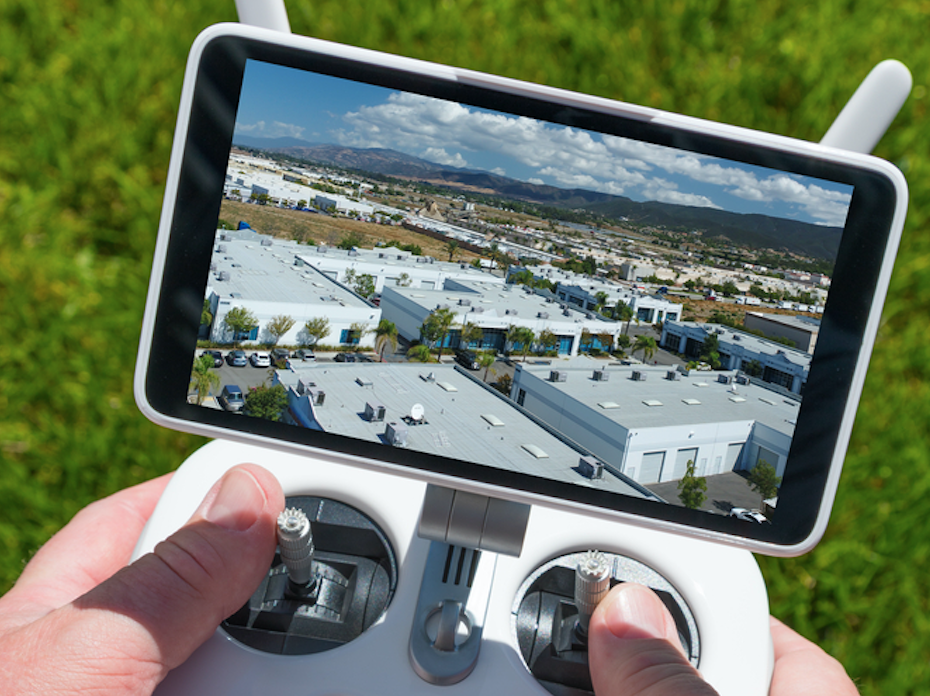As technology continues to develop, the commercial roofing industry develops along with it. Technology advancements have made roofing work safer and more efficient. By following the top trends, roofers can stay ahead of the curve, providing their customers with the highest quality service. Here are five of the top trends in commercial roofing technology that your roofing contractors should be aware of.
5 Trends in Commercial Roofing Technology
1. Project Management Software
Software engineers have made it possible for roofing contractors to track and quote their projects, communicate with their customers, and keep a close eye on their progress from start to finish. Top companies utilize the latest software that can help them to improve their processes and pass that efficiency and cost-savings along to their customers.
One tool used by Maxwell Roofing is The EDGETM, an innovative estimating tool that allows for efficiency and consistency in our quoting process. With this software, we’re able to streamline project estimations to provide customers with fast and precise quotes.
2. The Increasing Use of Drones
The demand for drones is on the rise within the commercial roofing industry. They allow roofing companies to identify and analyze damages without sending roofers on the job. By using drones, roofers can quickly see parts of a building that may usually be difficult to access and can keep a roofer from being in a potentially dangerous situation. This process is also much faster than a person climbing on top of the roof to search for and investigate an issue. Overall, we’ve seen the use of drones increase exponentially in the past few years and can only expect that as drone technology becomes more advanced, that the increase will continue.
3. Solar Panels on Commercial Roofs
The solar power industry has been on the rise for the past several years, and, with that, solar roof panels have become a widespread trend across the country. Commercial buildings of all sizes have used solar panels and even solar shingles to reduce their carbon footprint and energy expenses. As solar energy becomes more mainstream, the options for solar power integration become more cost-effective and accessible in the commercial roofing industries.
4. Cool Roofing
Another environmentally-conscious option, cool roofs are an increasingly popular choice among developers. Cool roofs are more reflective and absorb less heat than other roofs, lowering the internal temperature of a building while decreasing energy expenses. This type of roof offers building tenants increased comfort thanks to lower internal temperatures, and building owners enjoy the decrease in HVAC expenses usually related to extreme heat.
5. Green Roofing
Green roofs are a trend among many urban, environmentally-friendly buildings. This type of roof incorporates soil, vegetation, and waterproofing layers to add live trees and other plants that will grow on the rooftop. Much like a cool roof, a green roof can protect a building from high temperatures, due to the insulative qualities of its vegetation and layers. With green roofs, companies can lower the internal temperature of their buildings, lower energy expenses, and make a statement to its environmentally-conscious audience.
Your Source for Commercial Roofing Technology
Got questions about how commercial technology can help your company’s roofing needs? Contact Maxwell Roofing & Sheet Metal, Inc. today to learn more about our commercial roofing technology services.

